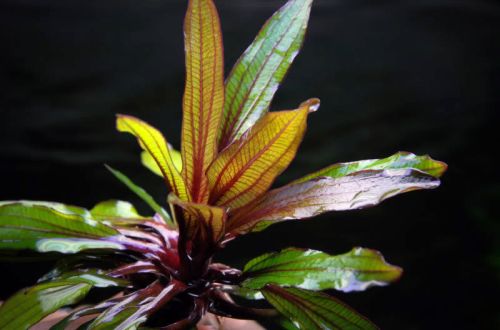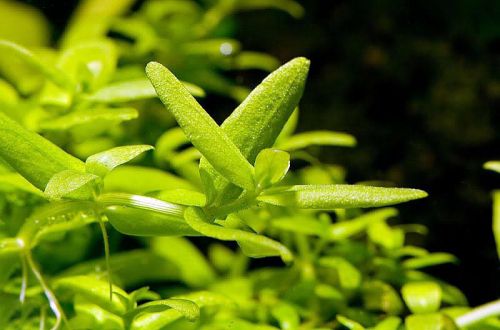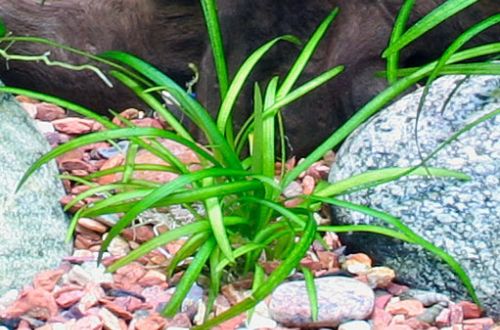
Uruguayan Echinodorus
Uruguayan Echinodorus, scientific name Echinodorus uruguayensis. There is a wide variety of forms of this plant, which were previously distinguished into independent species. These are Goreman’s Echinodorus (Echinodorus horemanii), Echinodorus veronica (Echinodorus veronikae), Echinodorus viridis (Echinodorus viridis), and Echinodorus osiris (Echinodorus osiris). Currently, they are still described as separate plants in many sources and in sales. In practice, such confusion does not lead to any problems, since the conditions of detention are identical.

This plant species is native to South America, where it grows in fast-flowing streams and rivers. In nature, they often grow into large clusters covering large areas of the coastline. It also grows above water in moist environments. Some enthusiasts from Southern Europe have managed to turn this plant into a garden plant that can overwinter outdoors.
Features of a particular variety are mainly in the size and color of the leaves, which varies from light green to burgundy. Usually the leaf plate has an elongated lanceolate shape with a short petiole. The most favorable conditions for growth are considered to be medium light intensity, supplemental CO2, and relatively low temperatures in the range of 18–24°C. Although the mineral composition of the soil is not critical, iron deficiency can negatively affect varieties with dark leaves.





